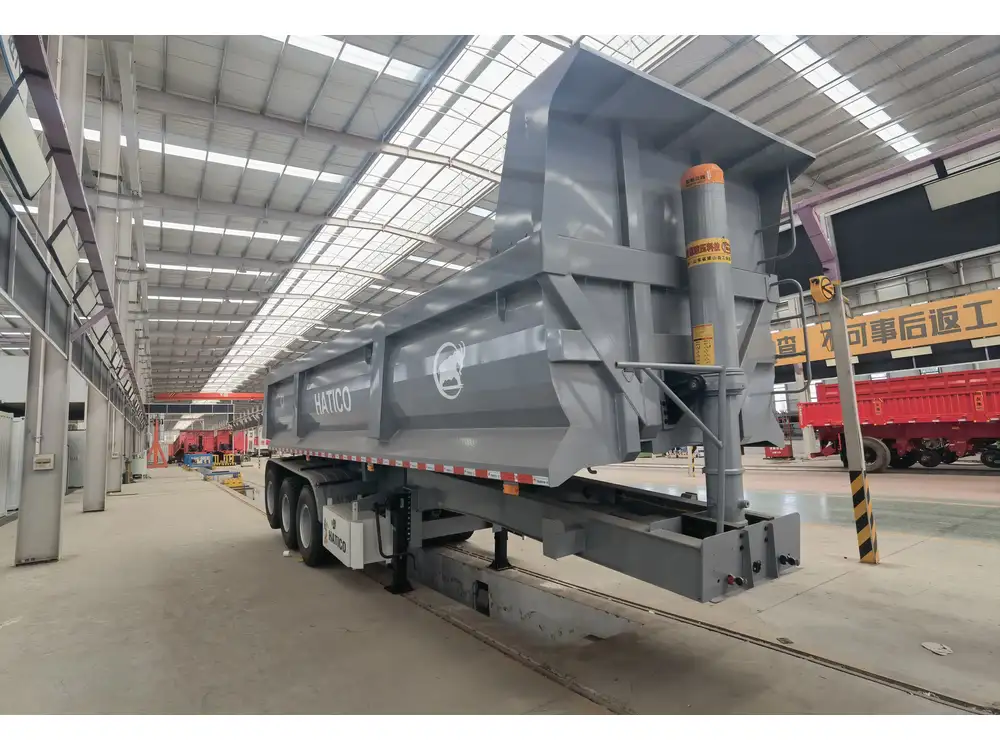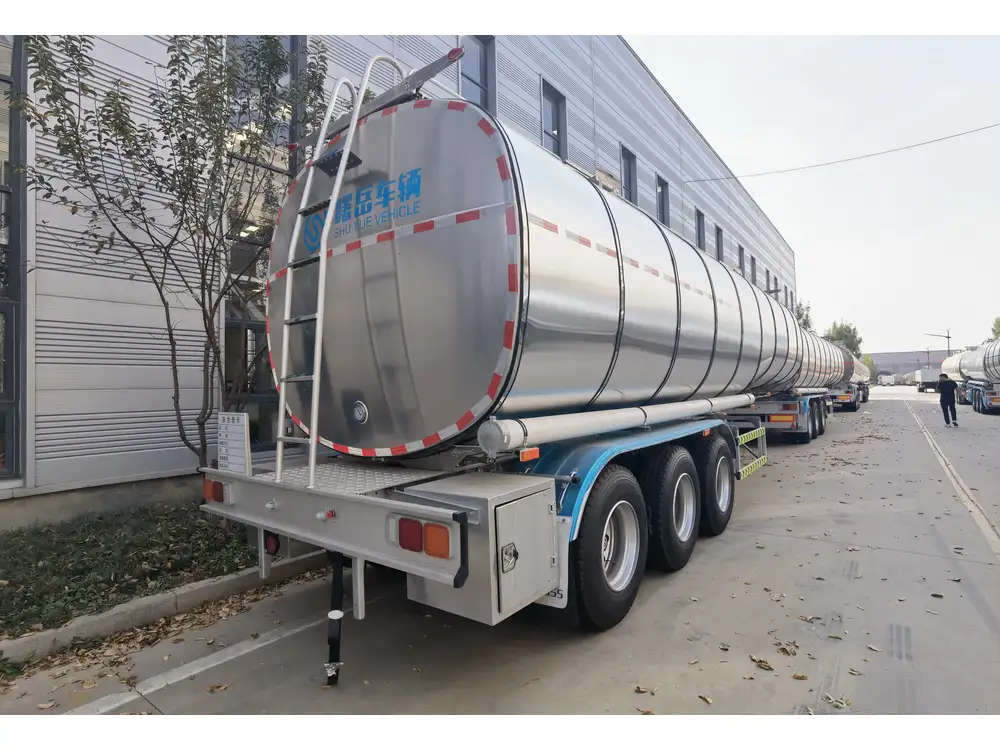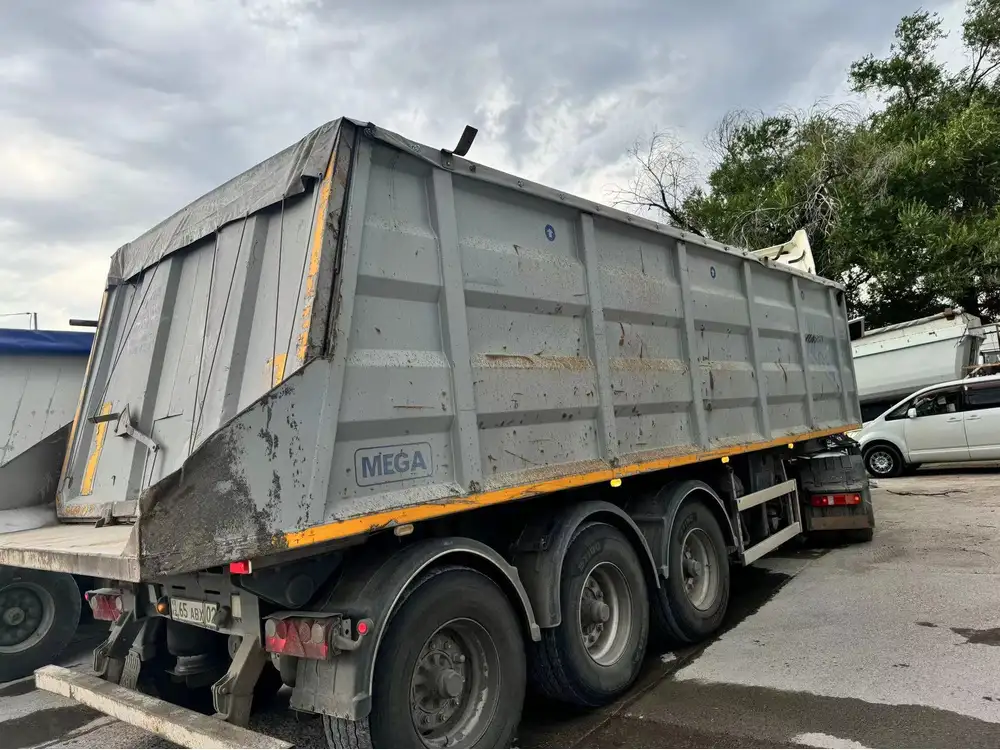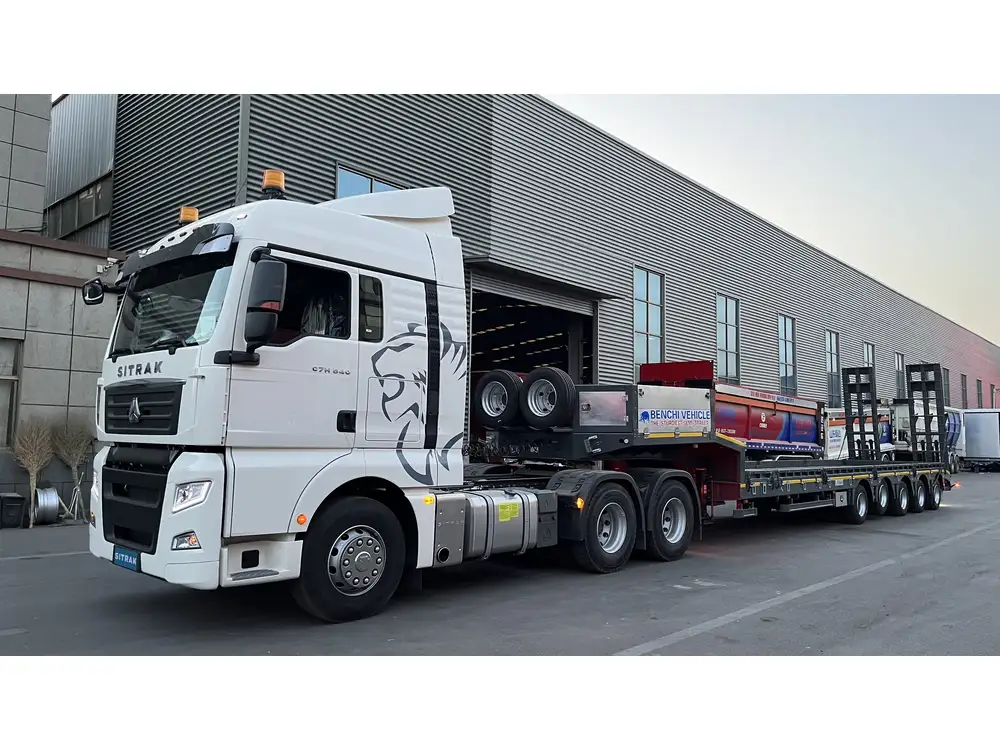Transporting a round tank can be a daunting task. Ensuring that the tank is sufficiently secured on a trailer not only safeguards the cargo but also enhances road safety. In this guide, we will delve into the precise methods used to crib round tanks effectively, outlining each step in detail and providing invaluable tips, techniques, and best practices.
Understanding the Need for Proper Cribbing
The Importance of Securing Round Tanks
- Safety: Unsecured or improperly secured tanks can lead to significant safety hazards, including the risk of spillage, shifting during transit, or complete detachment from the trailer.
- Regulatory Compliance: Adhering to transport regulations and standards is vital to avoid penalties and ensure safe transport.
- Cargo Integrity: Proper cribbing protects the tank from impacts, vibrations, and movement, thereby maintaining structural integrity and preventing damage.

Preparation Before Cribbing
Assessing the Round Tank
- Identify the Type of Tank: Determine the tank’s specifications, including size, weight, and material. Different tanks require varying methods and materials for cribbing.
- Inspect for Damage: Before lifting or securing the tank, examine it for any pre-existing damage that could compromise safety during transit.
- Understand Load Distribution: Be aware of how the weight is distributed within the tank if it contains a liquid. This understanding influences cribbing techniques.
Equipment Needed
- Wooden Cribbing Blocks: Durable and strong enough to handle weight, typically made of hardwood.
- Straps or Chains: Ratchet straps or heavy-duty chains to secure the tank.
- Trailer Specifications: Ensure the trailer’s specifications match the load requirements for safe transport.
- Measuring Tools: Tools to measure dimensions and center of gravity.

Techniques for Cribbing Round Tanks
Step-by-Step Guide to Cribbing a Round Tank
Step 1: Position the Tank
- Aligning the Tank: Ensure that the tank is positioned center with the trailer’s axle. This balance prevents swaying and reduces pressure on one side during movement.
- Using a Hoisting Device: Employ forklifts or cranes to lift the round tank smoothly onto the trailer for ease of placement and safety.

Step 2: Selecting the Cribbing Method
- Flat Cribbing: Utilize flat blocks of wood to create a stable base underneath the tank, distributing weight evenly.
- Angled Cribbing: Place blocks at a slight angle against the tank’s curves, allowing for a snug fit that accommodates the tank’s shape.
Note: Ensure that cribbing blocks are free from rot or damage.
Step 3: Creating the Crib Structure
- Building the Crib: Lay wooden blocks in criss-cross patterns to create a sturdy support system. This method enhances load-bearing capacity and stability.
- Height Considerations: Ensure that the height of the cribbing enables secure tie-down without lifting the tank excessively off the trailer.
Step 4: Securing the Tank
- Tying Down: Use ratchet straps or chains:
- Strap Method:
- Position straps diagonally over the tank.
- Secure the other ends to anchor points on the trailer.
- Tighten the straps until they hold the tank firmly in place without causing deformation.
- Chain Method:
- Loop chains around the width of the tank.
- Attach the chains to the trailer anchor points ensuring a secure fit without excessive pressure.
- Strap Method:

Step 5: Final Inspection
- Check Stability: Perform a stability test by gently pushing against the tank. It should not shift or move.
- Regulatory Check: Confirm that the setup complies with transport regulations specific to your region, including load limits and securing practices.
Additional Tips for Cribbing Round Tanks
Monitoring During Transit
- Routine Checks: Conduct periodic stops to inspect the tank and its cribbing for any signs of movement or wear.
- Adjustments: If any shifting of the tank is observed, stop the vehicle to readjust the straps or blocks before continuing.

Handling Emergencies
- Contingency Plans: Prepare for potential emergencies:
- Carry a repair kit for quick fixes on minor issues.
- Establish procedures for safely unloading in case of catastrophic failures during transport.
Consider Environmental Factors
- Road Conditions: Be aware of the road conditions and potential bumps or hazards, adjusting speed and driving style accordingly to minimize tank movement.
- Weather Conditions: Factor in wind and rain that may affect driving stability, especially with high-profile loads like tanks.
Conclusion
Cribbing a round tank on a trailer requires careful planning and execution. Following the outlined steps and utilizing the best practices described ensures that your load is secure, compliant with regulations, and safe for transport. By paying attention to detail—from equipment selection to securing methods—you can effectively mitigate the risks associated with transporting round tanks.

Summary of Key Points
| Topic | Key Actions |
|---|---|
| Assessment | Identify tank type, inspect for damage, assess weight. |
| Equipment | Use sturdy wooden blocks, straps/chains for securing. |
| Crib Structure | Build stable, supportive crib with flat/angled blocks. |
| Securing | Use proper tying methods to prevent movement. |
| Monitoring | Routine checks during transit for safety. |
| Environmental Considerations | Adjustments based on road and weather conditions. |
By following these comprehensive guidelines, users can ensure a successful transport of round tanks with confidence.



